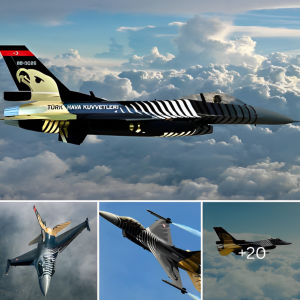MBDA Deutschland, Krauss-Maffei Wegmann (KMW) and ESG Elektroniksystem- und Logistik-GmbH (ESG) have joined forces for work on the development of the German armed forces’ “Future Long-Range Indirect Fire System”. The Joint Fire Support Missile (JFS-M) unveiled here at the ILA Berlin Air Show is designed to be a modular ωєαρσи with a range of up to 499 km (310 mi.) that builds off the company’s development of uncrewed remote carriers for the European Future Combat Air System (FCAS). The aim of the cooperation is the further expansion and implementation of the JFS-M concept, which is proposed by MBDA for the German Armed Forces.

The new guided missile is to be used with the artillery rocket systems MARS II/MLRS-E from KMW in the Bundeswehr and other platforms. In addition, ESG’s existing command and ωєαρσи deployment system ADLER III is to be used. The missile has been adapted to fit into the rocket-pod containers of multiple-launch rocket systems (MLRS) such as the M270 or High Mobility Artillery Rocket System (HIMARS). The JFS-M concept shown in Berlin has been designed around a German requirement for a long-range, deep-strike capability. Other European nations have similar requirements but have called for shorter ranges.

Low-cost cruise-missile approach will give ground forces better capability to deal with high-value and potentially mobile targets such as advanced surface-to-air missile systems. Firing ballistic missiles, company officials argue, may be quicker but can require coordination to deconflict the airspace into which they are being fired from other coalition users.Launched in multiples, the JFS-M is billed as approaching a target from different directions to confuse air defenses and conceal the launch position. The company is developing technologies that it says would speed up that process, giving operators a choice of potential routes to a selected target.

The JFS-M is based around the design of MBDA’s RC100 small remote carrier, which the company is developing as part of the French, Germany and Spanish FCAS project. The RC100 is a derivative of the Smart Glider and has the same dimensions and weight, 1.8 meters and 120 kg respectively. Being an expendable system cost is obviously an issue thus passive and active payloads installed will have to take that parameter into consideration. A new category of ωєαρσи from MBDA is ‘Remote Carriers’, various air-launched autonomous platforms that deliver multiple effects, whether ℓєтнαℓ or non-ℓєтнαℓ and deception of enemy sensor.





